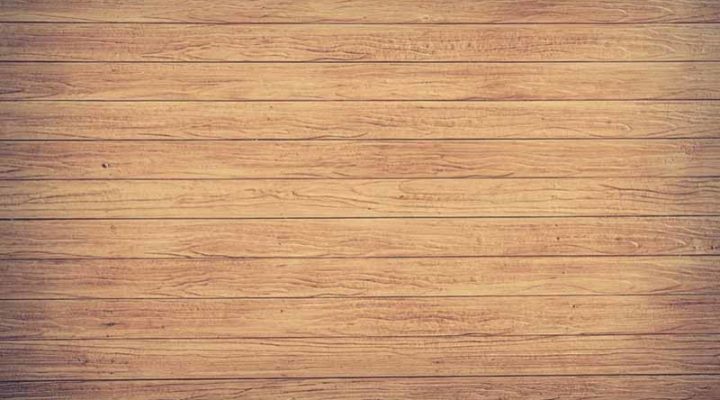
Choosing the right wood for your project, whether you’re planning on furnishing or building your home. The construction of a house or a wood structure is a difficult task, and there are many options of wood to choose from. Contrary to common belief, not all timbers are equal; this handy guide will enable you to know more about wood and if they are right for your use. Also, take a look at these timber frame house kits to get an idea of what’s possible with timber construction.
The uses of timber are many such as a house, fuel, floors, furniture, and paper. After all, wood is a versatile and dynamic resource. Timber is also one of the most widely used plant products in the world and among the stable products from the plant kingdom. Onsite Timber Sydney offers a variety of timber that will suit your needs. But before buying, you need to know the following timber features.
Wood is constantly moving
It is essential to understand that wood is continually shifting due to the variation in the moisture. Before using wood on any project, it is crucial to let the wood acclimate to your project by leaving it there for a few days before installing it.
Sometimes you may move from one part of the country to another, and then suddenly, the veneer on the furniture starts to crack and fall off. Or maybe you built your project in the basement where it is moist, and then when you bring the project upstairs after it is done to a warm and dry part of your home and the boards start cracking and shrinking. Wood changes considerably due to the shrinking and expanding of its fibers due to moisture.
If you are going to build a house, furniture, floor, or upcycling something, then you’ll be adding wood to them, and you’ve got to understand this fact. This will assist you in accounting for wood movement in your project.
You always consider the end grain of the wood
At first, you may think that all wood is equal. You should continuously be checking the end grain of the wood before selecting it for your project.
Wood board with plain sawn, where the ring lines look like a rainbow or smiley face, shrinks more than other types of boards, which may end up disappointing in your project. The other type is the rift sawn, where the rings look like a rainbow has been sliced into half using 45-degrees lines. These boards are stable and do not shrink easily; thus, most people prefer them for their projects. The quarter-sawn wood has the lines running straight up and down. These boards are technically stable.
Based on how the boards are cut, they will shrink and move in a particular way. You must know which type of wood you are using to avoid screwing your project.
The category of wood
Generally, there are two types of timber, softwood, and hardwood. The softwood timber is from coniferous trees such as fir, cedar, and pine. This wood is light with coarse grain and very strong. In building, they are commonly used for the framework of the houses and in areas such as cladding and lining boards.
The hardwood timber is comparably heavy, strong, and stable. The hardwood timber is primarily used for decking, flooring, piers, and wood furniture.
Know thy wood
Cedar is the most common type of wood, and it is western red. The wood is soft and straight-grained, and it is mostly utilized for handrails, outside furniture, window frames, wall cladding, and decks. This timber resists rotting in moist environments.
Eucalyptus is the most prevalent species in Australia. In this species, different sub-species vary in grain patterns and color. They can be spotted gum (mid-brown), blackbutt (pale brown), Tasmanian Oak (cream), Jarrah (red) such that their prices vary from less costly to mildly expensive.
Douglas fir or Oregon is the reddish-brown wood imported from North America. It is fairly soft and straight-grained with a high strength-to-weight ratio. Pine also occurs in several varieties, but the common ones found in Australia are Cypress, Hoop pine, and Radiata. Have low resistance to termite and decay and are used for house-framing.
Don’t build a wood structure in one place and then move it to another
It is common for people to create a project in one place, say the basement of their house, and move it to another part of the house. Ultimately, they will painfully realize that these environments are different and that wood will react differently. It is better to let wood acclimatize to a specific room before building your project
Always check the level of moisture of wood
When you develop your project with very wet wood, then it’s going to shrink, based on the species of the wood. When wood shrinks, it ruins your project. Get a moisture meter and monitor the wood you are planning to build with.
Use a pre-stain wood conditioner
Not all wood requires staining, but porous or softwood, such as maple, pine, fir, birch, poplar, alder, and aspen, need it. Pre-stain seals up the wood and helps to ensure that the wood has an even and less-blotchy finish. The pre-stain will prepare the wood for the application of your stain for less blotchiness.
Wood is amazing. This article should positively affect the next project you work on that involves the use of wood. Always know your wood before using it in a project to avoid wasting resources when you have to redo the project.
About the Author:
Jim Pulman has extensive knowledge and experience in Home Building, Construction, and Design. He writes articles in his free time and partners with content creators to share his expertise with the online community.
Leave a Reply